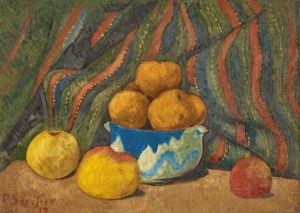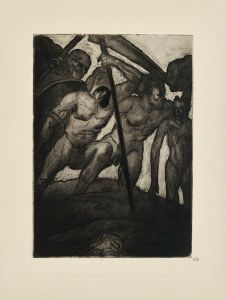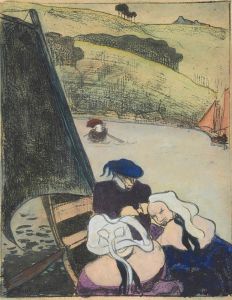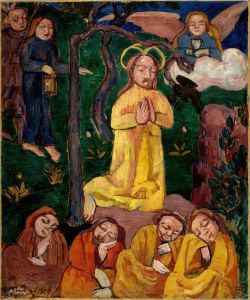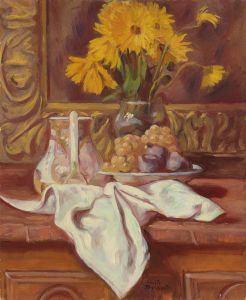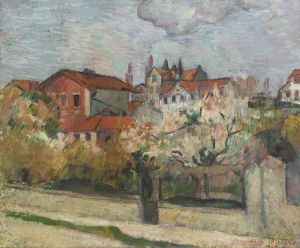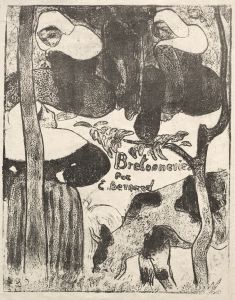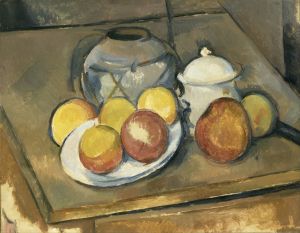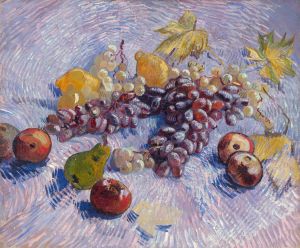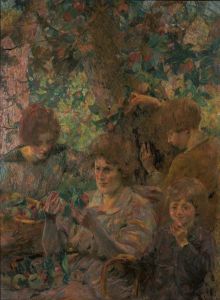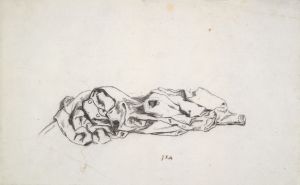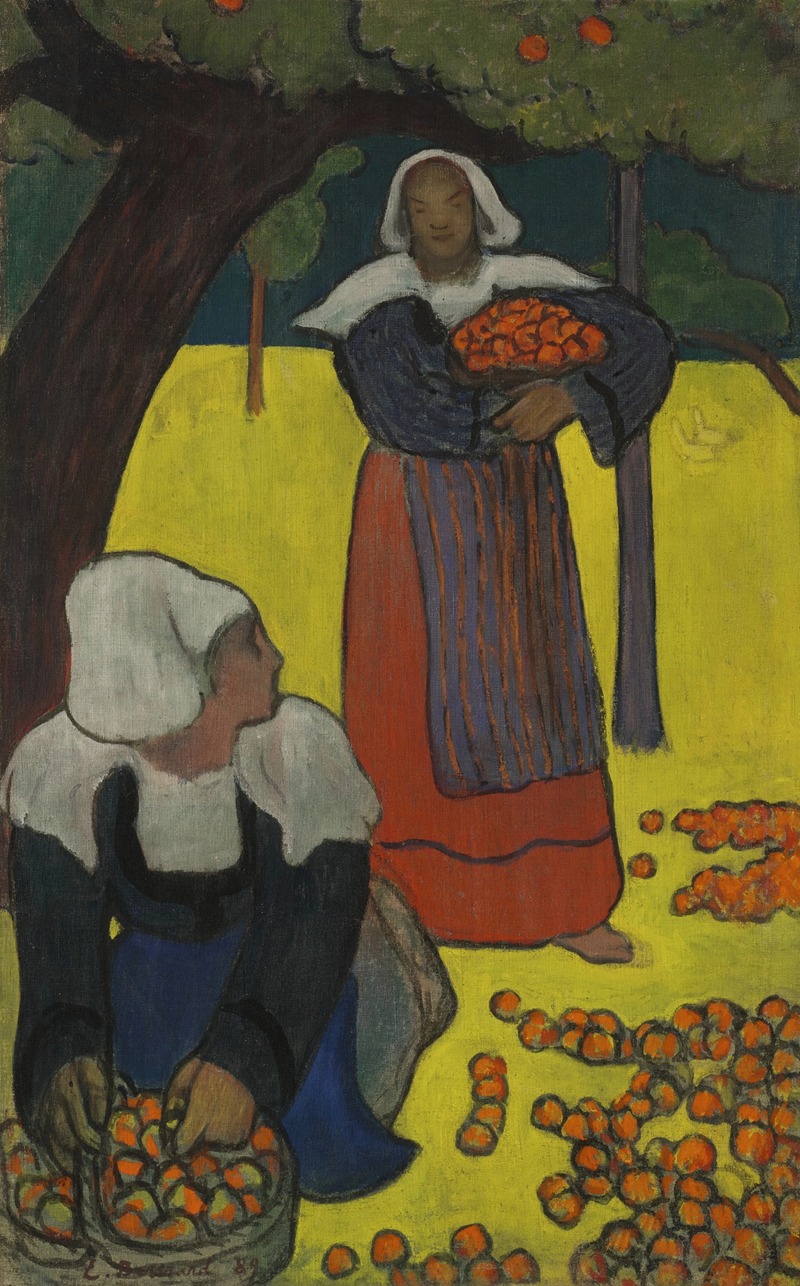
Bretonnes ramassant des pommes
A hand-painted replica of Emile Bernard’s masterpiece Bretonnes ramassant des pommes, meticulously crafted by professional artists to capture the true essence of the original. Each piece is created with museum-quality canvas and rare mineral pigments, carefully painted by experienced artists with delicate brushstrokes and rich, layered colors to perfectly recreate the texture of the original artwork. Unlike machine-printed reproductions, this hand-painted version brings the painting to life, infused with the artist’s emotions and skill in every stroke. Whether for personal collection or home decoration, it instantly elevates the artistic atmosphere of any space.
"Bretonnes ramassant des pommes" (Breton Women Picking Apples) is a painting by the French Post-Impressionist artist Émile Bernard. Created in 1889, this work is a notable example of Bernard's involvement in the Symbolist and Cloisonnist movements, which were characterized by bold outlines and flat areas of color. The painting reflects Bernard's interest in rural life and his fascination with the traditions and landscapes of Brittany, a region in northwestern France.
Émile Bernard was a key figure in the development of modern art during the late 19th century. He was closely associated with artists such as Paul Gauguin and Vincent van Gogh, and his innovative techniques and thematic choices influenced the evolution of Post-Impressionism. Bernard spent time in Brittany, particularly in the village of Pont-Aven, where he became part of the Pont-Aven School, a group of artists who sought to break away from the naturalism of Impressionism and explore more symbolic and decorative approaches to art.
In "Bretonnes ramassant des pommes," Bernard depicts a group of Breton women engaged in the act of gathering apples. The composition emphasizes the simplicity and harmony of rural life, a theme that was central to Bernard's work during this period. The figures are stylized, with their forms outlined in dark contours, a hallmark of the Cloisonnist style. The use of flat, unmodulated colors and the absence of traditional perspective give the painting a sense of timelessness and abstraction.
The setting of the painting is likely inspired by the Breton countryside, which Bernard often portrayed in his works. The region's distinct cultural identity, including its traditional costumes and customs, fascinated many artists of the time. In this painting, the women are dressed in traditional Breton attire, which adds to the authenticity and cultural specificity of the scene.
"Bretonnes ramassant des pommes" exemplifies Bernard's departure from the Impressionist focus on light and atmosphere. Instead, he sought to convey deeper symbolic meanings and emotional resonance through his use of color, form, and composition. This approach aligned with the broader Symbolist movement, which aimed to express ideas and emotions rather than depict the physical world realistically.
The painting is considered an important work within Bernard's oeuvre and a significant contribution to the Post-Impressionist movement. It reflects the artist's innovative spirit and his commitment to exploring new artistic directions. Today, Émile Bernard is recognized as a pivotal figure in the transition from Impressionism to modern art, and works like "Bretonnes ramassant des pommes" continue to be celebrated for their aesthetic and historical significance.





